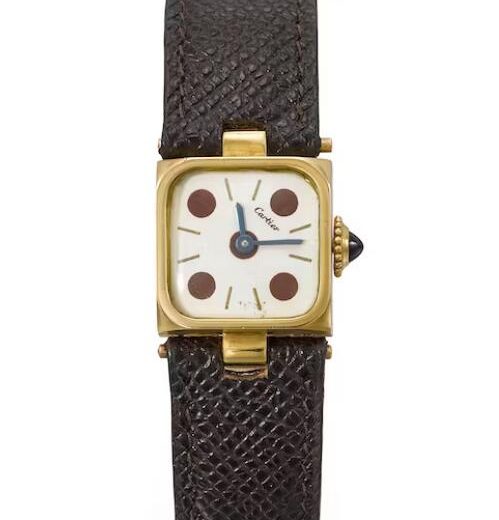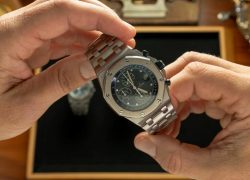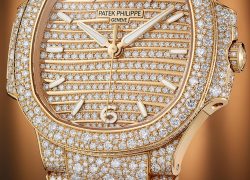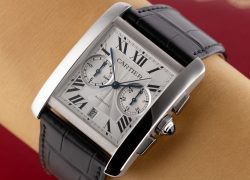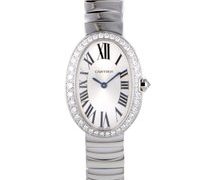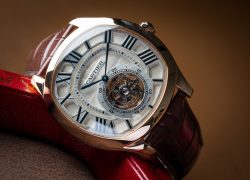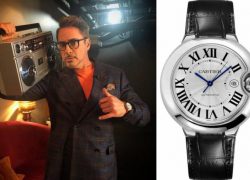Something unexpected happens at every auction, and this weekend at the Geneva watch auctions was no different. In December 2020, as the top replica watches market reached its crest, Ben wrote this analysis of the Phillips Racing Pulse auction that I’ve always enjoyed. Amid a bunch of crazy auction results, he tried to make an argument both for and against why a watch was worth the price it fetched.
Three years later, and with auctions in a decidedly different place, I thought I’d try the same. And oh boy, did some things that seemed to make no sense happen this season, and in one auction room in particular. With that, let’s look at results from the Geneva sales and why they do – and don’t – make sense, starting with some last-minute confusion at Christie’s.
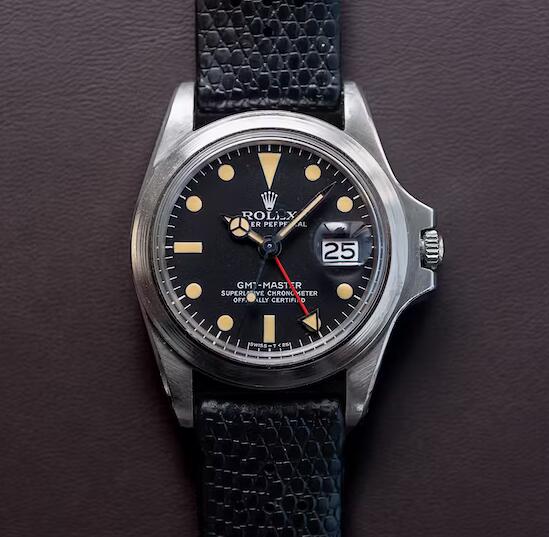
Marlon Brando Rolex GMT-Master Replica Watches Sells For CHF 4.58 Million (Or, What Happened At Christie’s?)
(Est. CHF 1–2 million, revised to 3.75–6.5m)
Why This Makes Sense: There’s only one Marlon Brando GMT-Master. This high quality Rolex fake watches, seen on Brando’s wrist in Apocalypse Now, appeared at Phillips just four years ago, where it sold for $1.95 million. There’s significantly more interest in watches than four years ago, and while the market has softened considerably over the past 18 months, collectors are still willing to pay up for rarity.
Why This Makes No Sense: Something odd happened at the Christie’s Passion for Time sale. First, the single-owner sale featuring Mohammed Zaman’s collection (which we previewed here) started almost an hour late. When it finally did start, bidders were told that every lot had been given a revised estimate upwards, in some cases significantly so. Further, they were also told there was a third-party guarantee on every lot, a fact that wasn’t notated in the initial printed catalog. In the deluge of salesroom announcements immediately before the sale, it is possible that this one factor could have been missed.
Third-party guarantees are somewhat common in the cash-soaked art world but are much less common in Swiss made replica watches. It’s a financial instrument in which a third-party guarantor agrees to a minimum sale price for a lot. If the lot receives no other bids above this minimum price, the third party pays the price and takes the lot. For taking on this risk, Christie’s pays the third party a fee, as it explains in its Conditions of Sale. The third party also typically takes a cut of any profit if the guaranteed lot sells for more than the agreed-upon price as part of the deal. We can safely assume that guaranteeing an entire sale, as happened here, would’ve come with a tidy fee attached.
The use of the mechanism is just one sign of the increasing financialization of the watch market. The increased use of guarantees in the art world over the past decade has often been met with criticism, with critics claiming they can distort the market with artificially high prices, in addition to being prone to abuse and conflicts of interest. The defense of guarantees is simple: They bring liquidity to a market and allow auction houses to serve their clients better, i.e., by ensuring higher prices for consignors.
In the original printed catalog (link), the Brando Rolex GMT-Master copy watches for sale initially had an estimate of CHF 1–2 million. Immediately before the sale, the estimate was revised to CHF 3.75–6.5 million. This happened across lots. In the end, the all-in price for the Brando GMT was CHF 4.582 million, i.e., just enough to cover the revised low estimate plus fees.
And the Brando Rolex GMT-Master replica watches wholesale wasn’t alone in selling at the low estimate. About 70 percent of lots sold at the revised low estimates; many of these went to the same paddle number 1013 (the Brando did not go to this paddle, instead going to a phone bidder – I’m also told it wasn’t Rolex). The odd sequence of events drew a lot of attention and questions from observers. Here’s the explanation from Christie’s:
“Last night around 6 p.m., a third party from the United States approached us to ask if the seller would consider a third-party guarantee,” said Remi Guillemin, Christie’s Head of Watches in Europe, immediately after the sale. According to Guillemin, Christie’s brought Zaman the third-party guarantee offer, and they inked a deal at 10 a.m. on November 6 (the day of the sale), which is why the auction started 45 minutes late that morning. With the third-party guarantee on every lot in place, Christie’s was legally obligated to increase its low estimates to the new, guaranteed price.
Guillemin described the third-party guarantor as “knowledgeable about luxury and the world of auctions… this isn’t their first experience with third-party guarantees.” He said the party researched and inspected the collection before last night, but nothing transpired until the morning of the sale.
There have been insinuations that Christie’s guaranteed a certain amount to Zaman to secure the sale of his collection, a financial fact that would make finding a buyer for the collection all the more urgent. Christie’s refuted this.
“It’s completely fake news that we guaranteed Zaman a number from the sale,” Guillemin said. “We were approached and put in competition with the other houses, and we pitched the estimates that were eventually put in the catalog and won with traditional terms.” In the initial catalog, there were no notations that Christie’s or a third party had guaranteed the entire sale, which Christie’s would’ve been required to disclose.
Still, I’ve talked to collectors and potential bidders who were left confused and frustrated by the sequence of events and the unclear communication regarding what transpired. Collectors had evaluated the Zaman collection based on estimates in a catalog printed weeks before the sale, only to see them revised as lots were brought under the hammer. The estimates were revised significantly upwards, completely out of the range of many potential bidders.
Indeed, the last-minute third-party guarantee is an explicit strategy that’s been observed at art auctions, with guarantors using the tactic to “increase opacity and confusion.” Less common is the revision of estimates during the sale.
The deal seems to have been put together quickly, and perhaps Christie’s should’ve delayed the sale further while it better communicated the day’s events to potential bidders. There are still questions to be answered, but one thing everyone agrees on is that the Passion for Time sale at Christie’s was extremely unusual for a watch auction.
The confusion comes at a difficult time for auction houses and Christie’s in particular, especially with a softer watch market. In just a few weeks, it’ll be selling another mega single-owner collection when Patrick Getreide’s OAK Collection begins to come to the block in Hong Kong.
As for the mysterious third-party guarantor, who seems to have been behind “paddle 1013,” we may have to wait until the many cheap UK super clone watches won by this bidder return to auction again (if ever) to more fully understand what happened to them during and after the Passion for Time sale.
Cartier ‘Bamboo’ Sold For CHF 50,000 And Cartier London ‘Dice’ Fake Watches Sold For CHF 138,600
(Ests. CHF 6–10,000; CHF 20-40,000)
Why This Makes Sense: Quirky and cool Cartier is still hot. While the market for the original cool Cartier, the Crash, has settled down, collectors are searching out even more obscure shapes from the original shape-shifter.
First, a Cartier “Dice” from Cartier London’s golden years sold for CHF 138,600. Not bad, considering the same watch sold for just $7,500 in 2014. Maybe four or five of these “Dice” watches have ever appeared, so it makes sense it’d sell for six figures. After all, that makes it about as rare as a London Pebble, and we know how much those are now. Even better, the Dice has a tiny Jaeger-LeCoultre automatic movement inside; most perfect replica Cartier London watches are manually wound.
Meanwhile, a Cartier Coussin “Bamboo” sold for CHF 50,000 at Antiqorum, also way above its estimate.
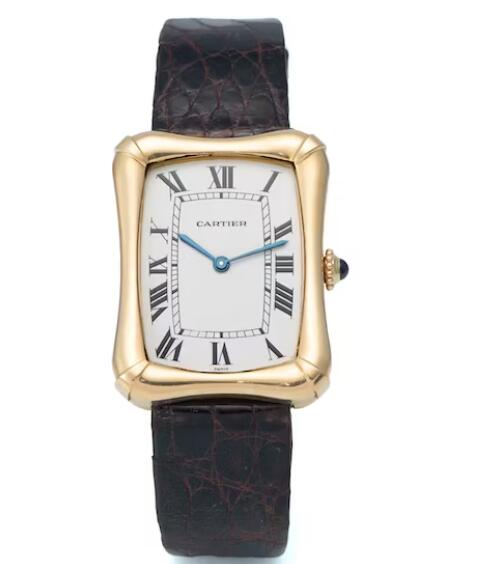
“I don’t know production numbers, but I know [the Coussin] is rarer than a Crash,” says dealer and TikToker Mike Nouveau. He added that best Cartier fake watches may have produced as little as a few hundred in yellow gold. In September, he documented buying one for his own collection for $12,750.
Before that, an example had sold at Hindman here in Chicago for $34k, so it’s not totally unexpected that a larger house would sell a Coussin for more than $50k (Antiquorum’s estimate was always low). Further, I know the dealer who bought the Bamboo at Antiquorum, and while he buys with passion in mind, he’s typically quite reasonable and measured with his bidding.
Why This Makes No Sense: Both of these Swiss AAA Cartier replica watches feel like they’re a little too obscure to have the widespread appeal of a Tank, Crash, or even a Baignoire.
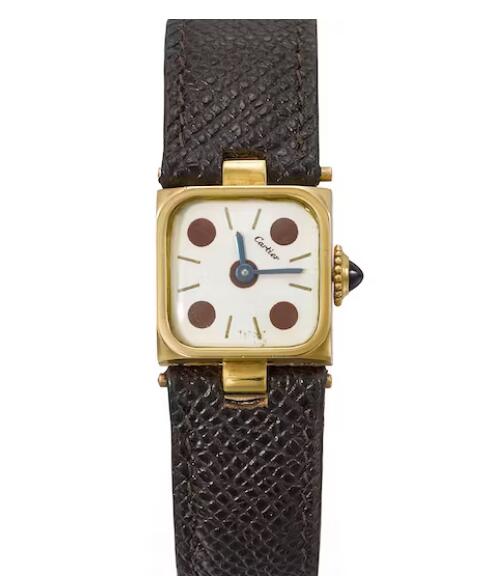
“I don’t think you see that many wild variations of the Tank,” Nouveau said of the Bamboo. “This one’s pretty out of left field.” The Bamboo isn’t a particularly historic or iconic design from Cartier, and it’s too obscure to become really popular like a Crash, Tank, or even a Baignoire.
Meanwhile, there are only a handful of examples of the Dice, and while Cartier London remains red hot thanks in large part to the Crash, this isn’t even shaped China fake watches, really. It’s a square watch with a cool dial and a pretty small one at that. Still, it’s a watch I’ve been enamored with since first seeing one posted more than two years ago.
That said, it only takes two bidders – not widespread appeal – to have a big auction result. These weren’t the only Cartier replica watches online to grab attention over the weekend: a simple Cartier-signed Calatrava sold for almost $300k at Phillips. Sure, Rich even wrote that this exact watch would “fly by” its estimate, but no one expected this.
